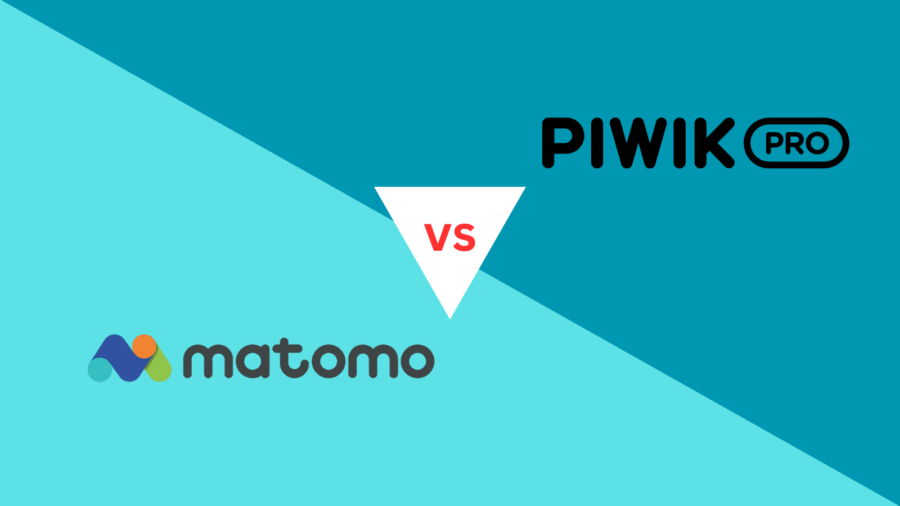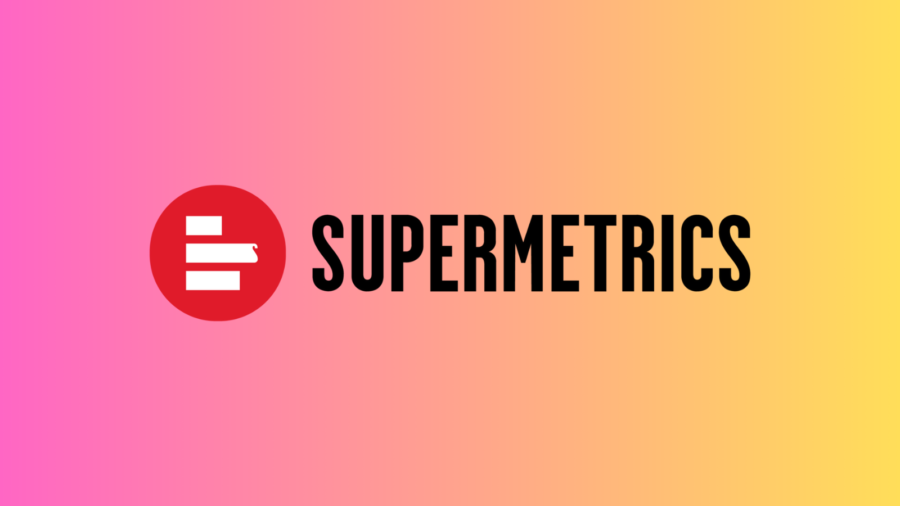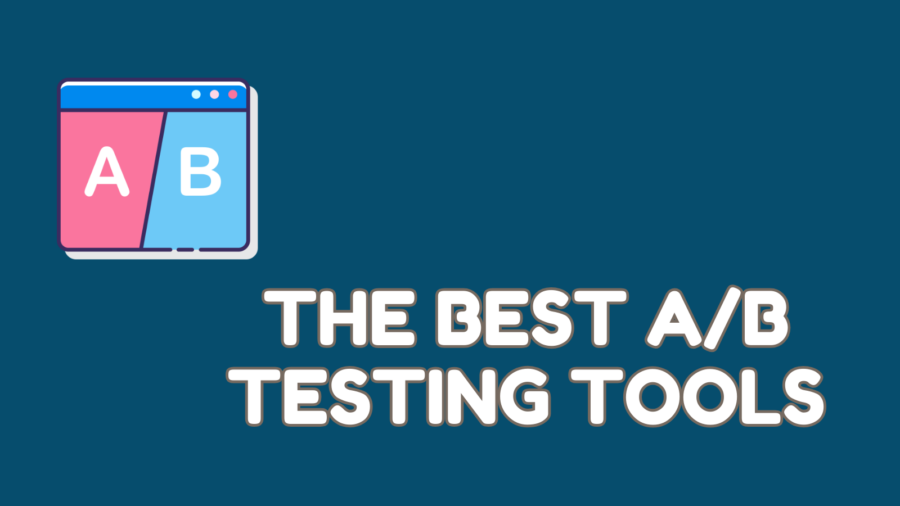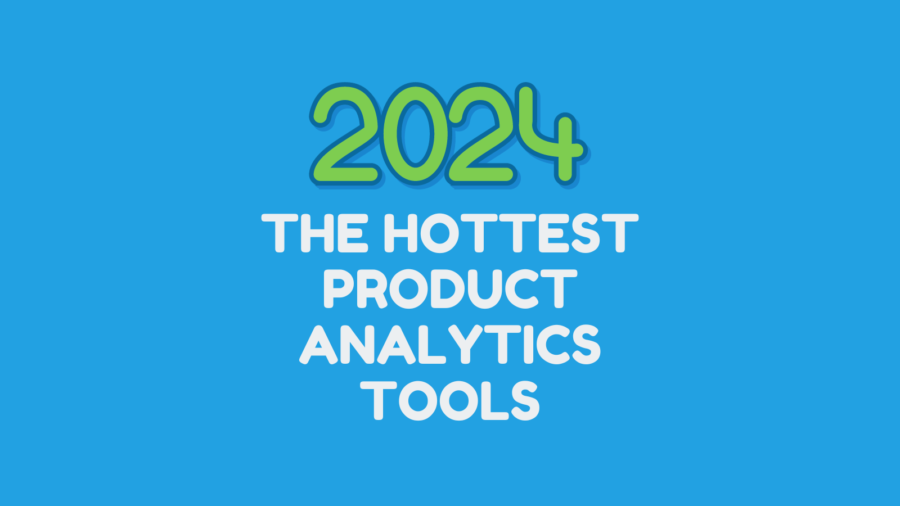Tableau has risen to prominence as a robust tool that presents data and translates it into actionable insights. This article dives into the realm of Tableau from a Product Analytics perspective, showcasing its transformative capabilities through real-world examples.
Unveiling Tableau: A Visual Symphony of Data Insights
Tableau, a creation of Tableau Software (now under Salesforce), stands as a leading light in data visualization and business intelligence tools. Its forte is crafting interactive dashboards, reports, and visualizations that empower users to comprehend complex datasets easily.
The Crucial Role of Product Analytics
Product Analytics entails collecting, measuring, and deciphering data that revolves around a product’s performance, user interactions, and market dynamics. This practice is instrumental in shaping product strategies, refining user experiences, and steering overall business growth. By harnessing insights birthed from product analytics, companies fine-tune their offerings, detect areas for enhancement, and align their products with evolving customer demands.
Empowering Product Analytics Through Tableau
- Data Integration Made Seamless: Tableau’s versatile nature facilitates integration with a spectrum of data sources—spanning from spreadsheets and databases to cloud platforms and web connectors. This ensures that product analysts access pertinent, real-time data.
- Visualizations That Speak Volumes: With Tableau’s intuitive drag-and-drop interface, users can craft interactive visual representations without wrestling with coding complexities. This empowers product analysts to spot correlations, trends, and anomalies that might escape a cursory glance.
- Real-Time Pulse on Insights: Swift insights are invaluable in the rapid rhythm of product development. Tableau’s capability to process and portray data in real time ensures that product teams are well-equipped for agile decision-making.
- Predictive Powers Unleashed: Leveraging advanced analytics and machine learning, Tableau equips businesses with the ability to forecast product performance, decode user behavior patterns, and anticipate emerging trends.
- Fostering Collaboration and Sharing: Collaboration often drives innovation. Tableau’s collaborative features facilitate the sharing of knowledge among multifaceted teams. The capacity to publish and disseminate dashboards enables teams to synchronize efforts effectively.
- Fortifying Data Security: Dealing with sensitive product-related data mandates stringent security measures. Tableau presents data governance and security options to ensure that only authorized personnel access and engage with sensitive information.
Illuminating Business Value with Tableau: Examples
- Optimizing Feature Deployment: Imagine a mobile app company keen on improving user engagement. Tableau can assist by analyzing user interactions and spotting patterns. This aids in identifying popular app features and driving decisions to refine user experiences.
- Enhancing Conversion Rates: An e-commerce platform aims to bolster its conversion rates. Tableau comes into play by dissecting customer journey data, exposing bottlenecks, and suggesting actionable steps to streamline the buying process.
- Forecasting Product Demand: A manufacturer utilizes Tableau to predict demand for its product variants. The company can tailor its production to meet anticipated customer requirements by analysing historical sales data and market trends.
Charting the Path Forward
Tableau’s impact on data analysis and decision-making is undeniable. Whether it’s optimizing product features, revamping marketing strategies, or predicting market trends, Tableau empowers organizations to decode their products’ lifecycles.
In a data-driven landscape, Tableau remains an indomitable asset for product analytics. Its capabilities metamorphose data into insights, steering product innovation and amplifying business growth. As the quest for informed, strategic decisions persists, Tableau stands steadfast as a guiding beacon to navigate the intricate terrain of data exploration.
Learn more about other Visualizing Data Tools here.





